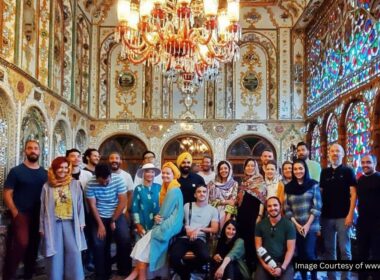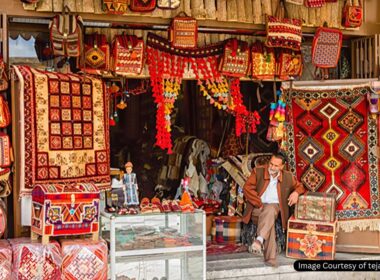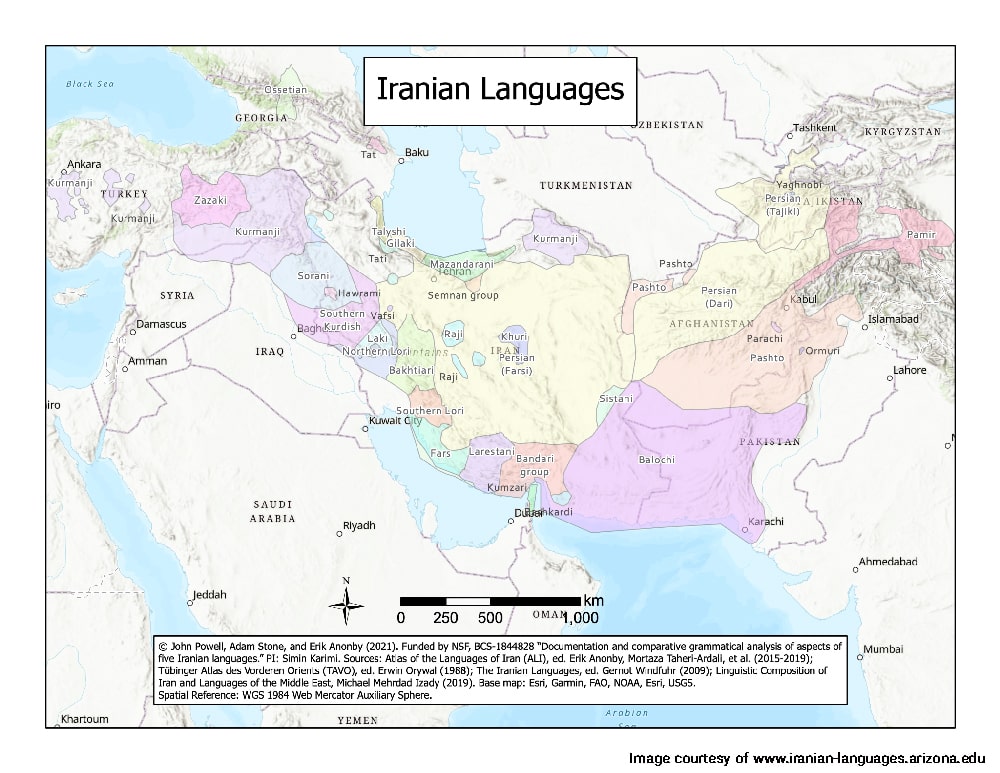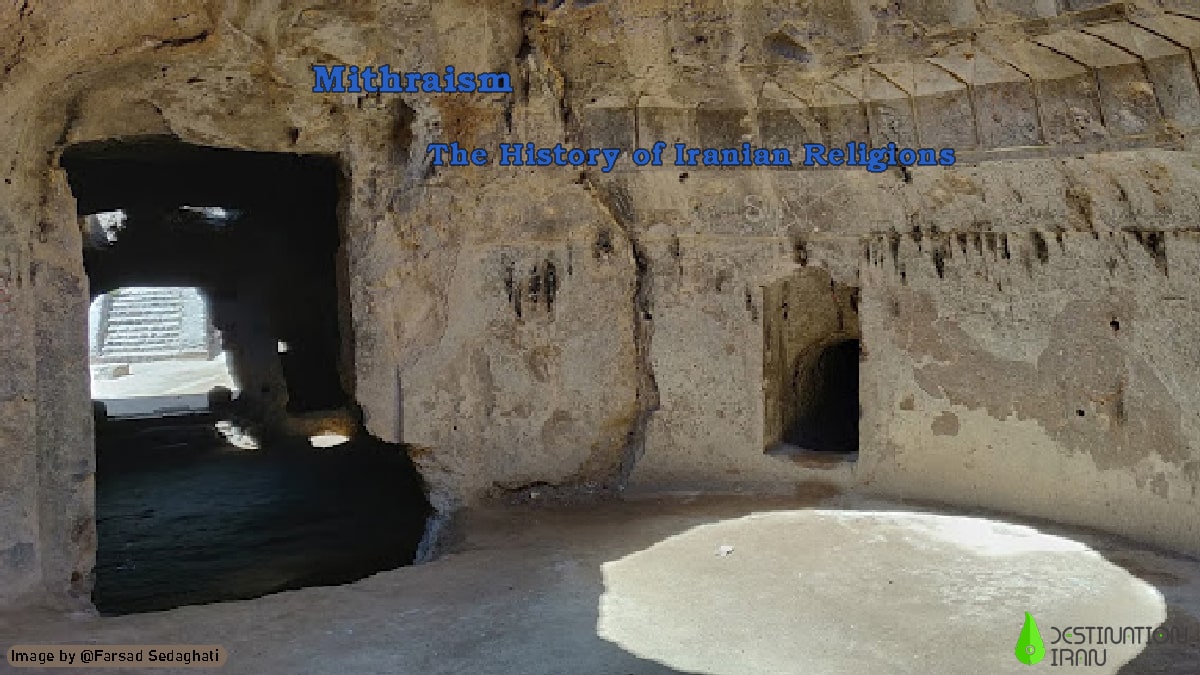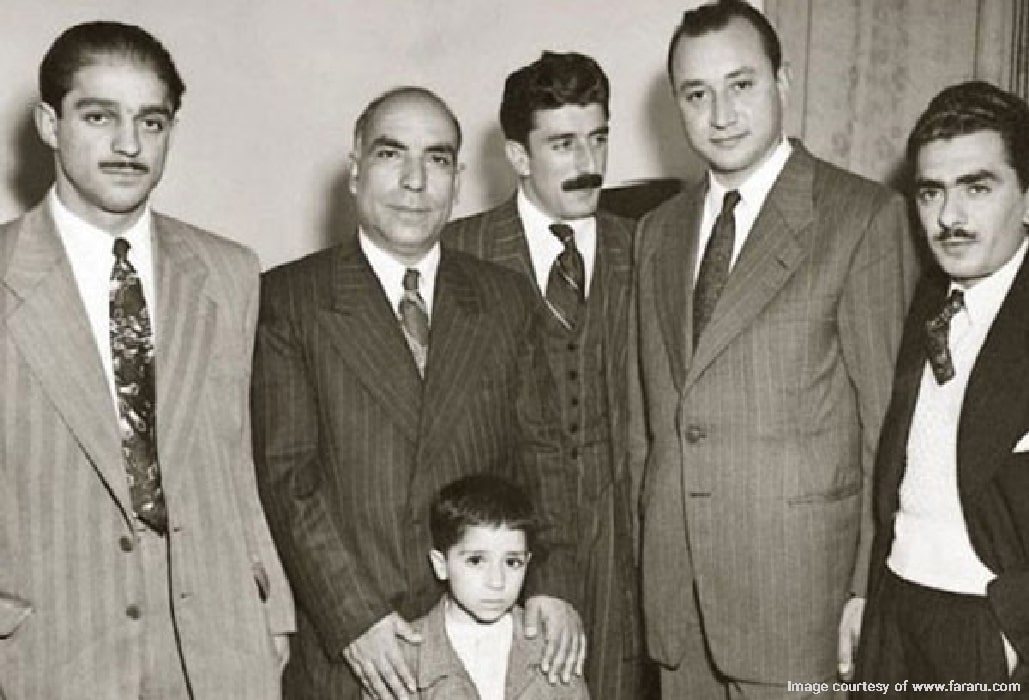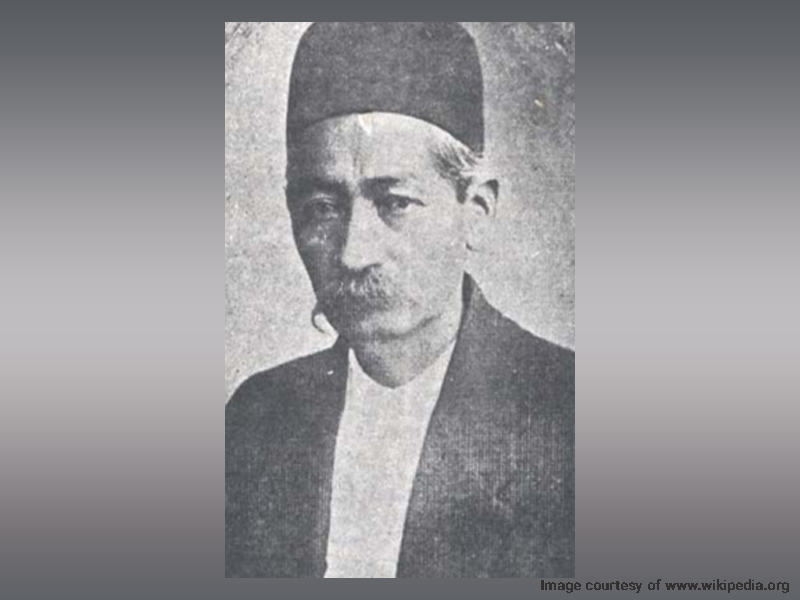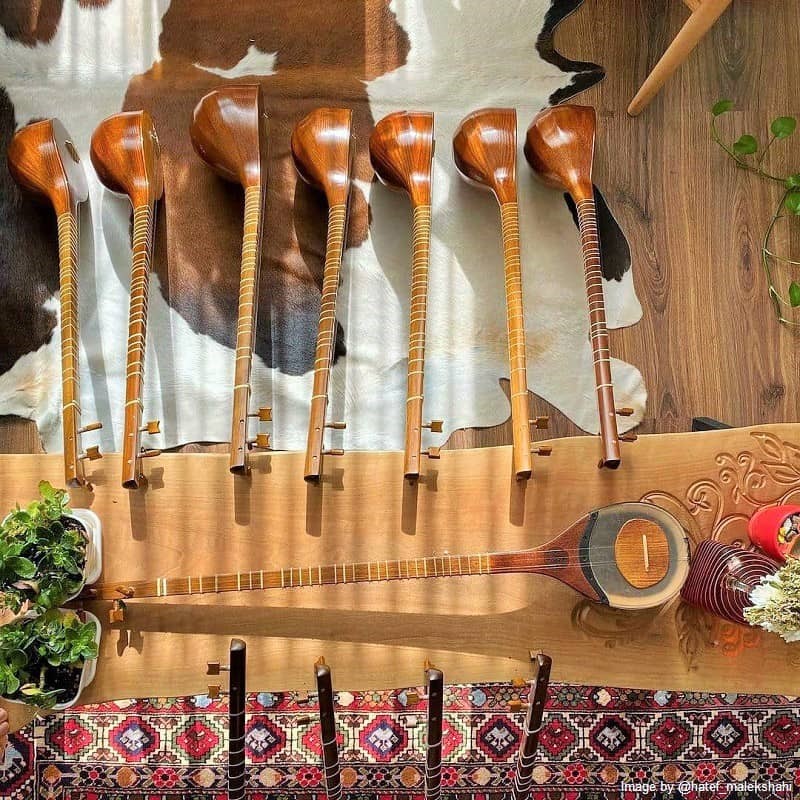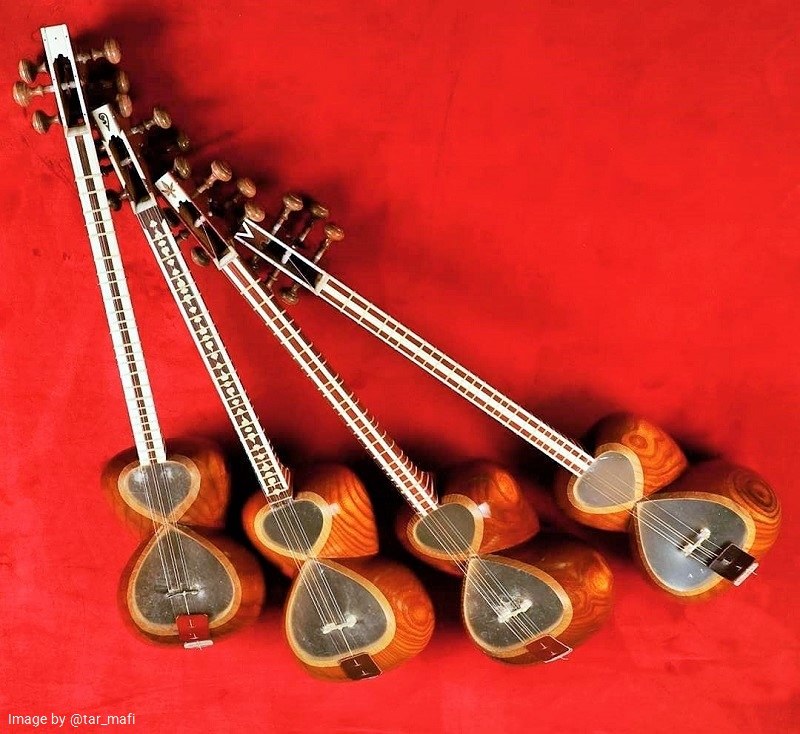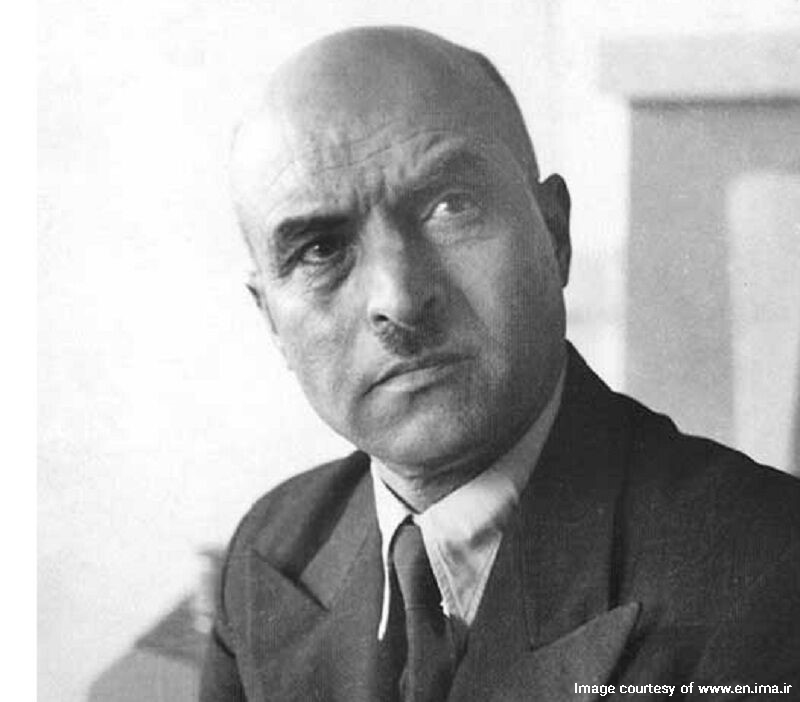
Ali-Naqi Vaziri, also known as Colonel, was a 20th-century Iranian composer and thinker considered a revolutionary icon in the history of Traditional Persian Music.
He is one of the most influential figures in bringing Western music theory to Iran and founded the Academy of Music of Iran.
Biography of Ali-Naghi Vaziri
Vaziri was born in Tehran on October 1, 1886, to Musa Khan Vaziri, the Brigadier General of the Persian Cossack Brigade, and Bibi Khanoom Astarabadi, one of the prominent leaders of the Iranian women’s movement and founder of the first elementary school for girls in Tehran.
He had four brothers and three sisters, and his youngest sister would later marry Gholam-Hossein Banan, the famous Iranian musician, and singer. Ali-Naghi’s mother was a Tombak player, and her brother was a Tar player.
Vaziri joined the army in his teenage years. There, he learned how to play the bugle from the army buglers. He started to learn Tar from Hossein-Ali Qezel Ayaq (before Qezel Ayaq became a member of the National Consultative Assembly). He left the army for the first time at 20 after the 1908 bombardment of the Majlis of Iran and went to Isfahan. In the following years, Vaziri would focus solely on music.
Ali-Naghi Vaziri’s Early Musical Education
He learned traditional Iranian musical notation from Yavar Agha Khan, a military musician. Vaziri learned how to play violin and the principles of Western musical notation from Hossein Hang-Afarin (Hang-Afarin had been a student of Alfred Jean Baptiste Lemaire in the Dar ul-Funun Music Department). During this time, he mastered Mandolin, Santur, and Kamancheh. He then learned how to play the organ from Pere Geffroie, a French priest at the St. Louis School in Tehran.
After this priest left Iran, Vaziri received the teaching of Solayman Khan Saham al-Dowleh. Soleyman Khan inspired him to study the Piano, which helped Vaziri better understand concepts like harmony, chords, and modulation. He also studied Mirza Abdullah’s Radifs with the help of Darvish Khan, a traditional Iranian musician, and Tar player.
Vaziri’s Political Activities and the Constitutional Revolution
In 1910, Vaziri returned to the army and was dispatched to Karaj on a military mission. However, his upbringing in a constitutionalist family led to his quarrel with the Russian commander in charge of Karaj. He would spend the next few years in hiding to avoid prosecution.
Vaziri was a supporter of the Persian Constitutional Revolution and the freedom fighters. He assisted the movement by acquiring guns and ammunition. He later joined the constitutional revolution in Tehran to fight the Cossacks.
Vaziri was appointed a colonel in 1910 but was demoted later in 1911 when he failed to pass a new exam set by Ahmad Qavam. However, he was still known as the colonel among his friends. Following the expulsion of William Morgan Shuster under British and Russian pressure, Vaziri was jaded with the political status quo, which Shuster would call the Strangling of Persia. He gave up military activities for some time and focused on arts and science.
He rejoined the army in 1914, traveled to Russia for two months, and settled in Birjand after his mission was over. He moved his family there and lived in Birjand for two years. He wanted to travel to Europe but the start of World War I prevented him. In 1917, he returned to Tehran and permanently resigned from his military career to move to Europe and study music.
Traveling to Europe
The precise date of Vaziri’s travel to Europe is not recorded, but in all likelihood, it started in the winter of 1919. He was accompanied by Mostafa-Qoli Bayat who is considered the father of modern agriculture in Iran. Bayat also contributed to funding Vaziri’s musical education.
Vaziri made his way to France through Russia and Turkey. He attended the Ecole Superieure de Musique, but since he was 31 years old at the time, he could only attend the lectures as an Academic audit. He studied harmony and contrepoint (Counterpoint) and attended courses focusing on violin, piano, and singing. He was also a student of Paul Antonin Vidal, the famous French conductor and composer.
Vaziri went to Berlin in 1921 and was accepted into the Hochschule fur Musik, and spent two years there to study music composition and music education.
Establishing Modern Musical Institutions in Iran
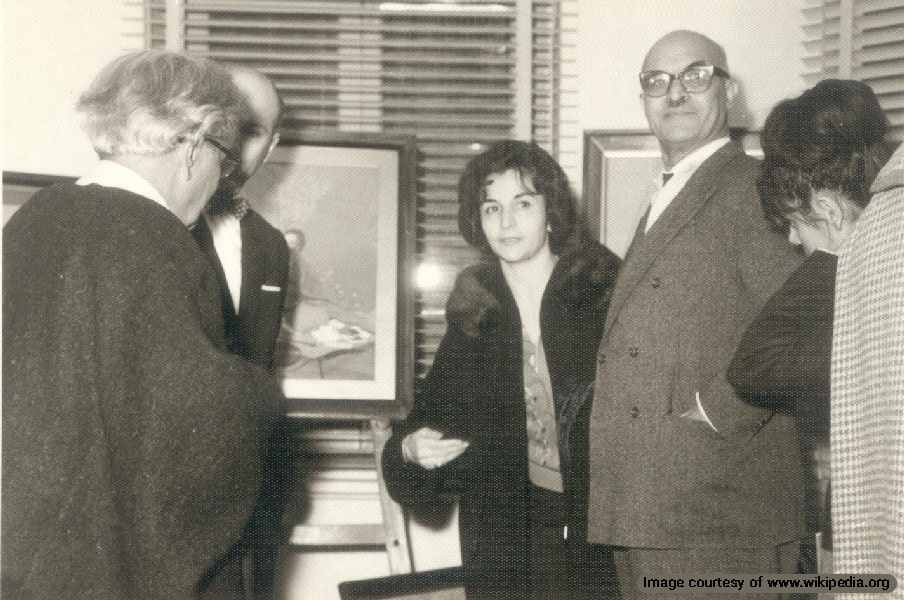
Upon returning to Tehran in 1924, Vaziri established the Tehran Conservatory of Music. He tutored students in the fields of musical notation, solfege sight-reading, and harmony. He founded the “Musical Club” in 1926, a musical theater institute located in Kushk Street that was later moved to Lalehzar. Reza Khan (then Prime Minister of Ahmad Shah Qajar) would attend his lectures during this period, and would later support his efforts to promote music in Iran.
Reza Khan asked Vaziri to propose a plan for promoting music in Iran. His plan included a music program in state-sponsored schools, musical education for orphans, building an opera house, and teaching Iranian music to the troops instead of Western martial themes.
After Reza Shah became the first Pahlavi king, Vaziri refused to play music in a dinner ceremony in his court which led to his confinement at home.
He also founded the Rasht School of Fine Arts under the management of Abolhasan Saba, an Iranian Musician and Violinist. Along with Saba, he founded the first radio orchestra in Iran called Novin Orchestra with a team of students from the Tehran Conservatory of Music.
In 1928, Vaziri became the director of the Tehran Conservatory of Music where he also taught musical notation, Iranian and Western musical theory, Solfège, and harmony. He also established the Vaziri Foundation, tasked with the preservation and distribution of Iranian music. He later became a professor at the University of Tehran from 1936 until his retirement in 1965.
Ali-Naghi Vaziri’s Contribution to Music in Iran
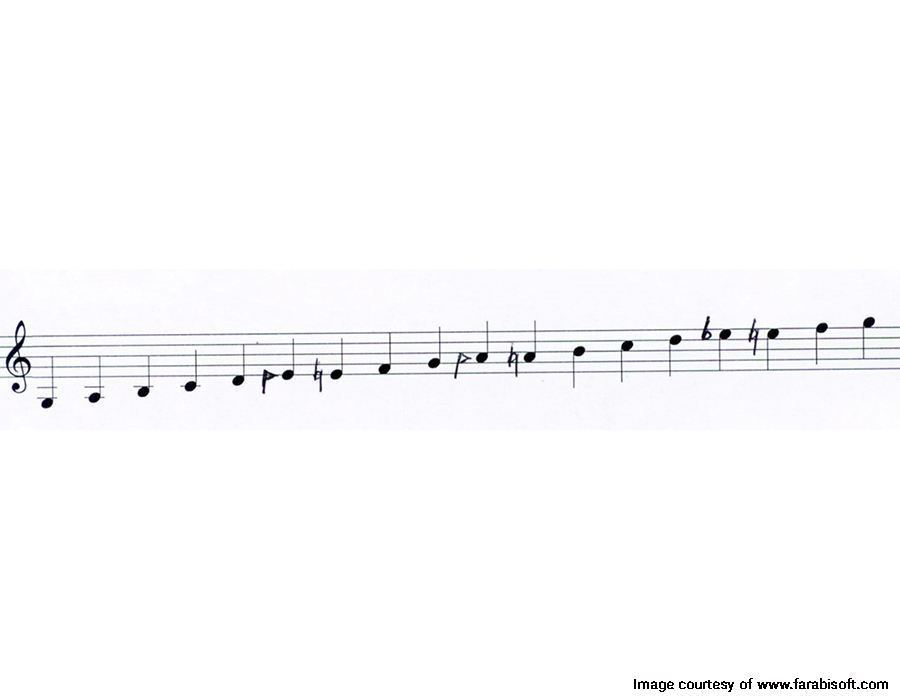
Some consider Vaziri to be the Father of Modern Iranian Music, as he made access to musical education easier for the public. Vaziri was a member of many musical institutions and organizations.
He wrote several books about music theory. Vaziri was the first person to transcribe the Iranian Radif (a collection of traditional melodic figures of Iranian music) in the framework of Western musical theory. In doing so, he developed two new symbols, the Koron, and the Sori, to mark the signature Persian quarter-tone notes. He documented the Radifs of Mirza Abdollah and then attempted to record the Radifs of Mirza Hossein-Qoli, but gave up due to Hossein-Qoli’s insufferable attitude.
He authored several books including:
- Forty Études for Kamancheh Players
- The Modern Tar Instruction
- Iranian Musical Harmony
- A new look at Iranian music theory
- Two volumes about Tar composition
- Two volumes about Violin composition
Some of his most famous students who shaped contemporary Iranian music included Abolhasan Saba, Ruhollah Khaleqi, Mousa Maroufi, Javad Maroufi, Hossein Sanjari, Heshmat Sanjari, Abdolali Vaziri (his cousin), Ali-Mohammad Khadem Misagh, Hossein-Ali Malah, and Ahmad Foroutan-e Rad.
Lasting Impact on Iranian Culture
Vaziri brought Iranian traditional music to the everyday life of the common people and made music an integral part of modern Iranian culture. He composed many musical pieces for social occasions, including his work in honor of the Nationalization of the Iranian oil industry called “The Oil Symphony”. He passed away on September 9, 1979, at the age of 92.
Frequently Asked Questions about Ali-Naghi Vaziri
If you have any unaddressed questions about Ali-Naghi Vaziri, his works and influence in Iranian music, please let us know in the comments. We will respond as soon as possible.
Who is Ali-Naghi Vaziri?
Ali-Naghi Vaziri is an Iranian composer and music theory expert. He was the first person to note Iranian traditional music and created two new symbols, Koron and Sori, to mark traditional quarter notes. He shaped Iranian music by establishing the first musical club and was a professor at the University of Tehran.
What instruments did Ali-Naghi Vaziri play?
He was skilled at a variety of musical instruments, including the bugle, Tar, Setar, piano, violin, Santur, and Kamancheh.
What are Ali-Naghi Vaziri’s famous songs and compositions?
He has written many classic songs, like Homayoni, Dokhtar-e Zhoulideh, Tasnif Afshar, Ey Vatan, The Oil Symphony, and many more. He was the first person to compose Iranian martial music to replace European military music in the Iranian army.



